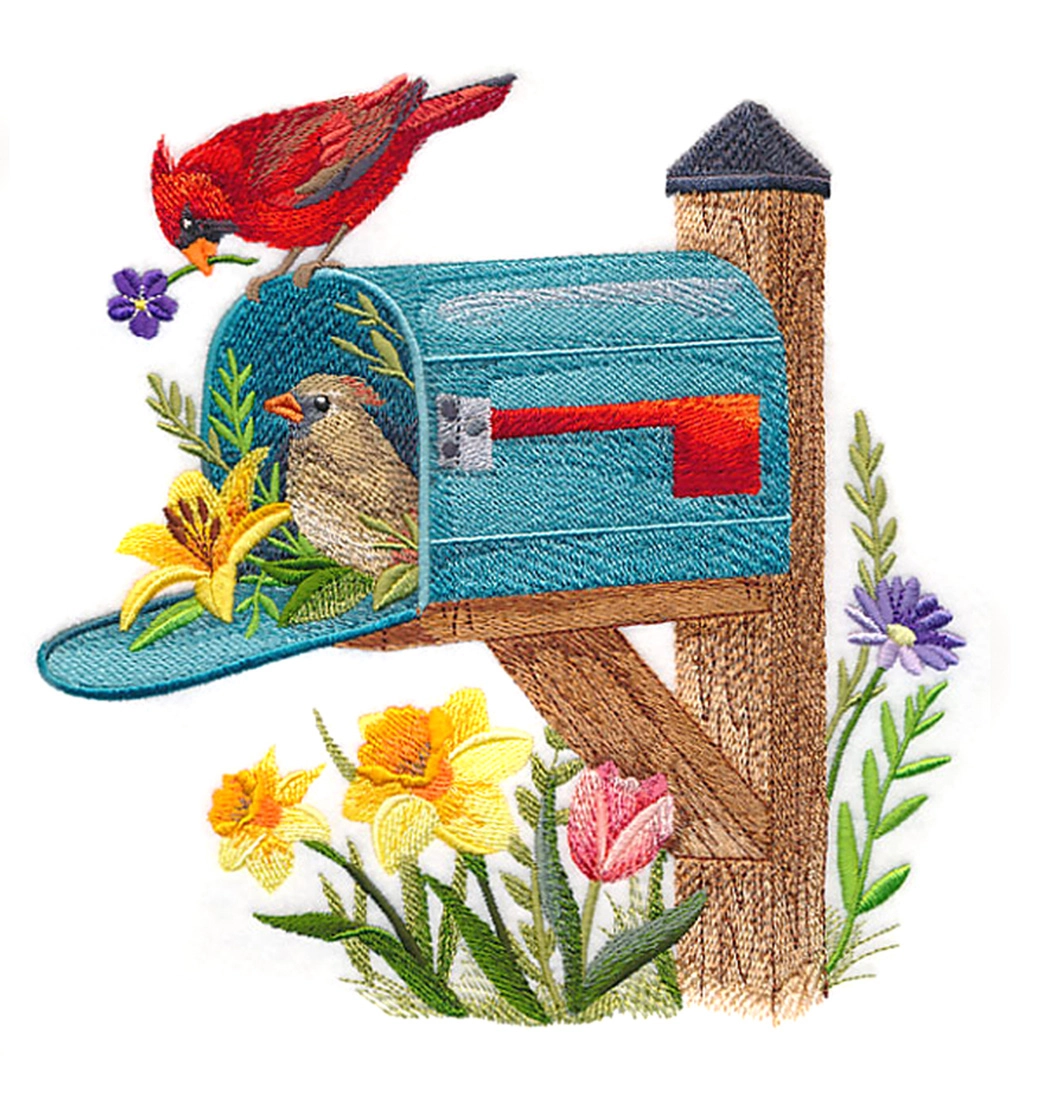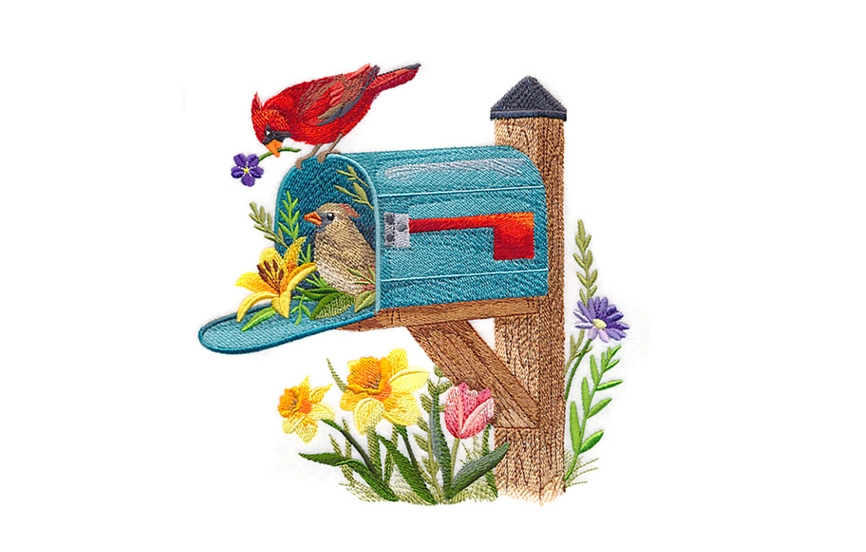Designs Used
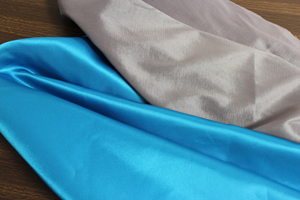
The word "taffeta" is synonymous with "wedding" and "prom." It's a luxurious and lustrous woven fabric traditionally made with silk or synthetic (polyester) fibers.
The fabric has a similar feel to crepe-backed satin, but it's stiffer and more crisp. As well as being used in prom dresses, wedding dresses, and evening gowns, it's also used in home decor items, such as curtains.
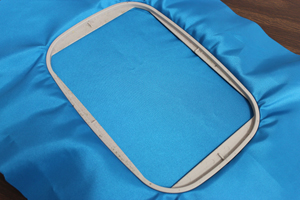
Taffeta is quite smooth and slippery -- indeed, it's one of the most slippery fabrics around. Because of that, special measures should be taken to ensure that the fabric doesn't slip in the hoop while stitching.
To help hold the fabric in place, spray the stabilizer with a temporary adhesive (I like Gunold's KK100). Smooth the fabric on top, making sure that there are no ripples or bumps. Then, hoop the fabric and stabilizer tightly together.
When hooping, start with a non-slip surface. Place a piece of rubberized shelf liner on a flat surface. Place the outer hoop down first, and loosen the screw. Then, place the fabric and stabilizer on top. Press the top hoop into place, and tighten the screw.
When stitching on taffeta, use a medium-weight cutaway stabilizer (2.5 ounce). Using cutaway prevents the fabric fibers from shifting and skewing, and brings the most professional-looking results to your embroidery.
When stitching with very light designs, like toile, Redwork, or sheer designs, it's possible to use tear-away stabilizer. However, if you see any shifting, gapping, or poor alignment, switch back to cutaway stabilizer.
There's a handy article written by Anne Campbell that demonstrates Perfect Hooping techniques, which are excellent when working with slippery fabrics. Click here to read that article.
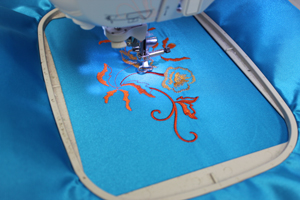
Many embroiderers use an embroidery needle. After all, we're using an embroidery machine -- so using an embroidery needle seems logical.
However, an embroidery needle has a rounded tip, and in my experience, a rounded tip needle creates fuzzy stitches. I prefer to use a sharp sewing needle (75/11), and find that it gives crisp edges, neat stitches, and a professional look.

Because taffeta is sturdy and tightly woven, a wide variety of designs can be stitched onto it with great results.
This example shows a large and flowing poppy design.

This design is a solid-filled damask flower. It has nearly 30,000 stitches in it, and the taffeta supports that beautifully!
When choosing designs, consider how the fabric will be draped. If you're stitching for a skirt or gown, then the fabric will need to drape well. Lighter and more open designs will flow better with the fabric.
If making home decor projects (e.g. pillows), then draping isn't a concern. For projects like that, a heavier and more complex design like the damask flower will work great.
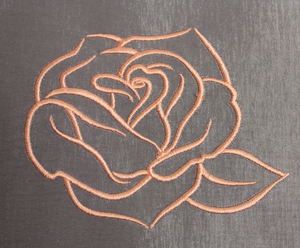
The Rose Silhouette is a great example of a light, airy, and open design that works beautifully on taffeta, and still allows for maximum effect when draping. Skirts, dresses, and scarves will be stunning with designs of this type.

